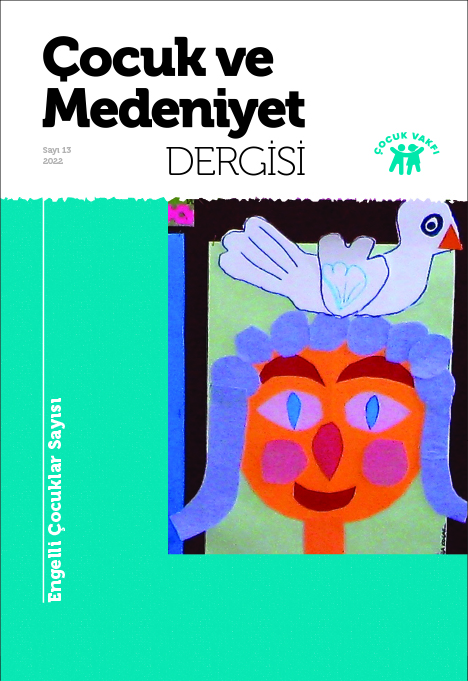Evaluation Of Social And Legal Problems Of Disabled/Restricted Children With Albinism
DOI:
https://doi.org/10.47646/CMD.2022.272Keywords:
Albinizm, engellilik, kısıtlılık, sosyal kısıtlılık, hukuki problemlerAbstract
The origin of albinism concept originated from the word ‘albus’, which means white in antique Latin. It is an expression used to describe the clinical reflection of a heterogeneous group of genetic diseases in which melanin synthesis is impaired with the total lack or reduction of melanin of melanocytes primarily in the skin, hair, and eyes. The total prevalence rate of albinism has not been well estimated in Turkey, however, albinism possibly affects around 1:15.000 and 1:20.000 people worldwide. Furthermore, as the country’s population grows, the prevalence rate of albinism may rise in different parts of the country. Albinism is still profoundly misunderstood, socially, economically, and medically. People with albinism face multiple forms of discrimination or problems worldwide therefore, it is very important to understand the fundamentals of social, and medical characteristics of albinism.
Visual difference of children with albinism is often leads inaccurate and harmful beliefs about the disease. Kidnapping, abductions, threats, killings, physical or sexual attacks, possession of body parts, and exhumation of the graves of people with albinism, especially in Africa, are well known. Also, they are open to problems such as exclusion, bullying, and discrimination and may face serious psychological, economic, sociological, medical, or legal problems. Children with albinism, who cannot receive adequate health care services, naturally begin to be excluded, fall behind in education, and cannot participate in social life. They cannot integrate into the economic system and social life; thus, it can become a vicious circle. In addition, low vision functions, car driving limitations, and economic inadequacies make it difficult for them to access adequate health care, and as a result, they face many economic, social, and psychological problems. This paper focuses on the problems experienced by children with albinism based on the triangle relation of medical problems, psychosocial limitations, and legal inadequacies and offers possible solutions and recommendations.
Children with albinism are vulnerable to various health problems, such as, vision problems, the unusual appearance of eye color, retinal problems, refractive errors, white skin appearance, sunburns, and secondary cancers since the skin and eyes are extremely sensitive to sunlight. Also, these children face a variety of psychosocial problems, the most common of which are social discrimination, financial constraints, a lack of community support leading to stigma and prejudice, and superstitious beliefs. Some health problems can be minimized with skincare and appropriate equipment, however, individuals who cannot access appropriate health care, social support, and proper legal support; must lead a life in isolation to protect themselves from sunlight that general people enjoy daily.

